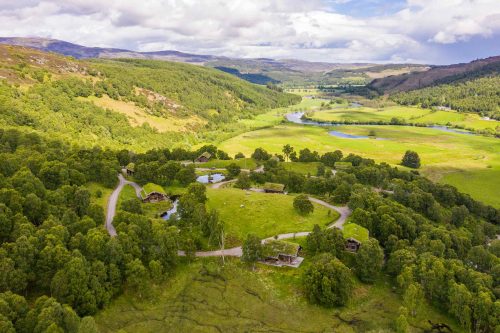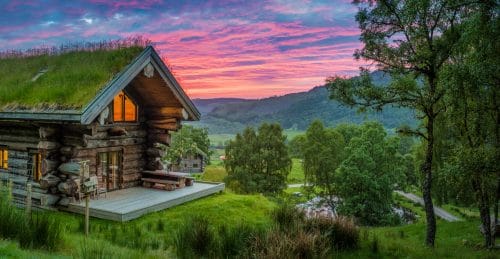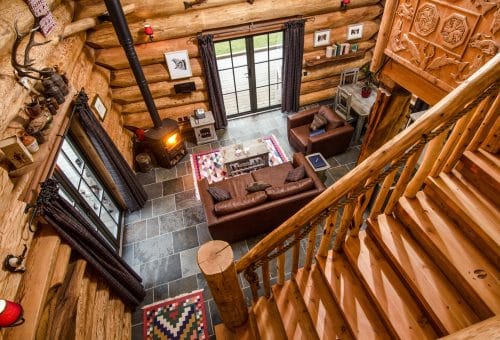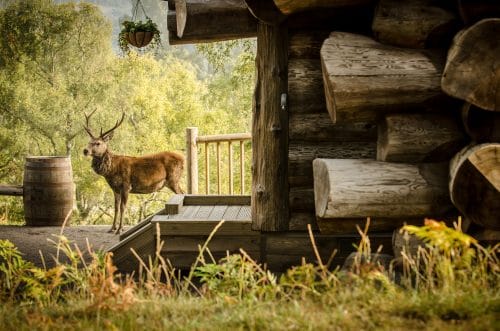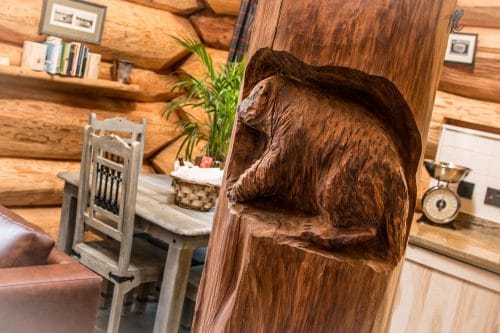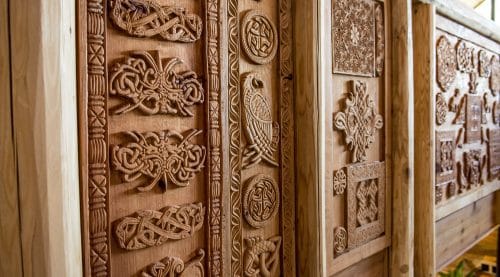Scottish Mountain Hares
Have you ever heard of Scottish mountain hares? These elusive creatures are known for their unique coat that changes colour with the seasons. But why do they do this? What purpose does it serve? Let’s take a closer look at these fascinating creatures and the changing colours of their coats.
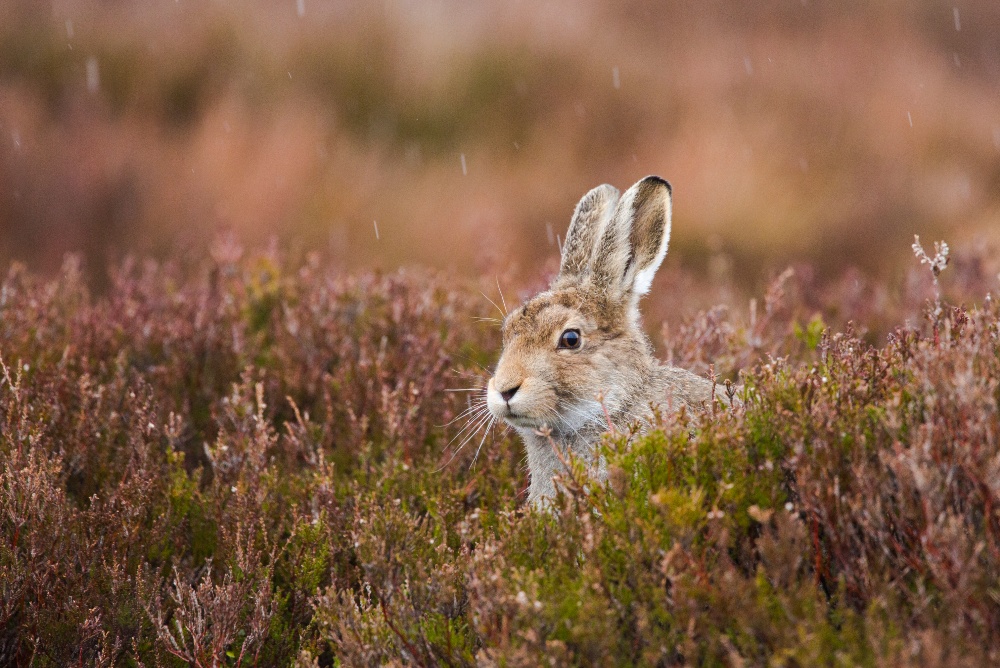
The colour change
The mountain hare, or Lepus timidus, is a species of hare that is native to the Scottish Highlands. These hares are well adapted to life in the mountains, with powerful hind legs that allow them to run at high speeds and long, sharp claws that enable them to dig in the snow for food. But perhaps the most striking feature of the mountain hare is its ability to change the colour of its coat with the seasons.
In the winter, the mountain hare’s coat is snow-white, providing excellent camouflage against the snowy background. As spring approaches, the hare’s coat changes to a grey-brown colour. This provides better camouflage against the bare ground. By summer, the hare’s coat is a dark brown or grey. Blending well with the heather and rocks of the mountainside. This remarkable ability to change colour is known as seasonal camouflage. It is a key adaptation that enables the mountain hare to survive in its harsh environment.
The science behind the colour change
The ability of the mountain hare to change its colour is due to a combination of genetic and environmental factors. In the winter, the shorter daylight hours trigger hormonal changes that cause the hare’s hair follicles to stop producing pigment, resulting in a thicker, white coat. Its back feet also become much more hairy in the winter – acting like snow-shoes.
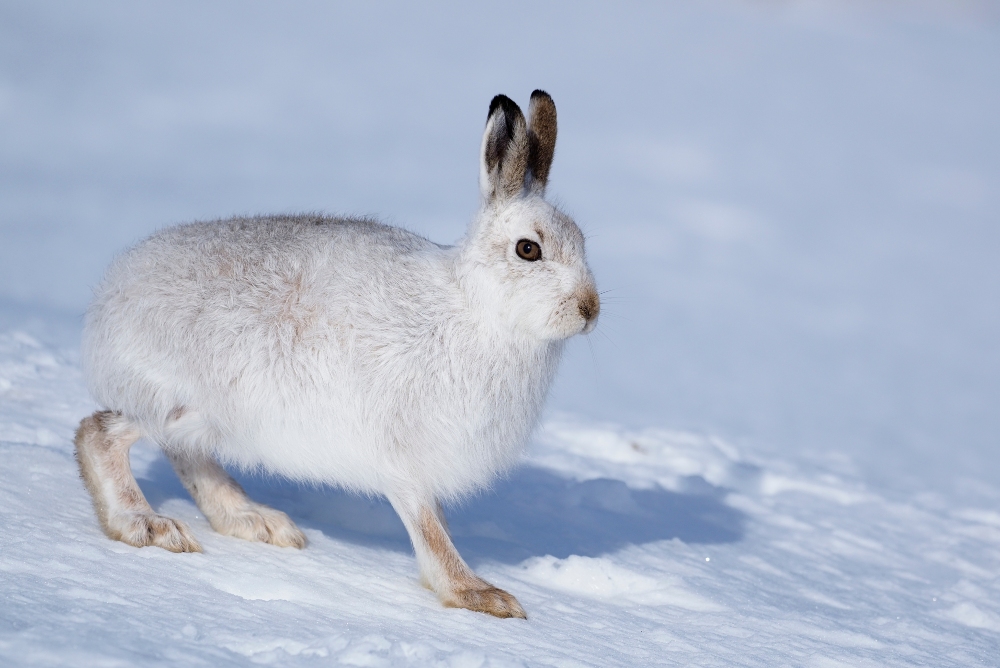
As the days get longer, the hare’s hormones shift again, causing its hair follicles to produce more pigment, resulting in a thinner, darker coat.
But there is also an environmental component to colour change. The mountain hare’s coat is not just a single colour, but a combination of different colours and patterns that help it blend in. The exact colour and pattern of the hare’s coat is influenced by a variety of environmental factors. Including the colour of the snow or ground, the quality of light, and the presence of other animals or predators.
Why do they change colour?
The ability of the mountain hare to change the colour of its coat helps it survive in its harsh environment. By blending in with its surroundings, the hare can better avoid predators and find food. In the winter, when the ground is covered in snow, a white coat provides excellent camouflage against the snowy background. A grey-brown coat provides better camouflage as the snow melts and the ground becomes bare. By summer, when the mountainside is covered in heather and rocks, a dark brown or grey coat blends in well with the environment.
But colour change is not just about camouflage. The mountain hare’s coat also plays a role in thermoregulation or body temperature regulation.
How to observe mountain hares in their natural habitat
If you’re interested in observing mountain hares in their natural habitat, you should keep a few things in mind. First, it’s important to avoid disturbing the hares or their habitat, as this can cause stress and disrupt their behaviour. Second, being patient and quiet is important, as mountain hares are shy and easily spooked.
One of the best ways to observe mountain hares is to join a guided tour or hire a local guide. This can help ensure a safe and respectful experience. And provide you with expert knowledge about the hares and their habitat. If you prefer to explore on your own, make sure you do your research, and follow best practices for wildlife observation.
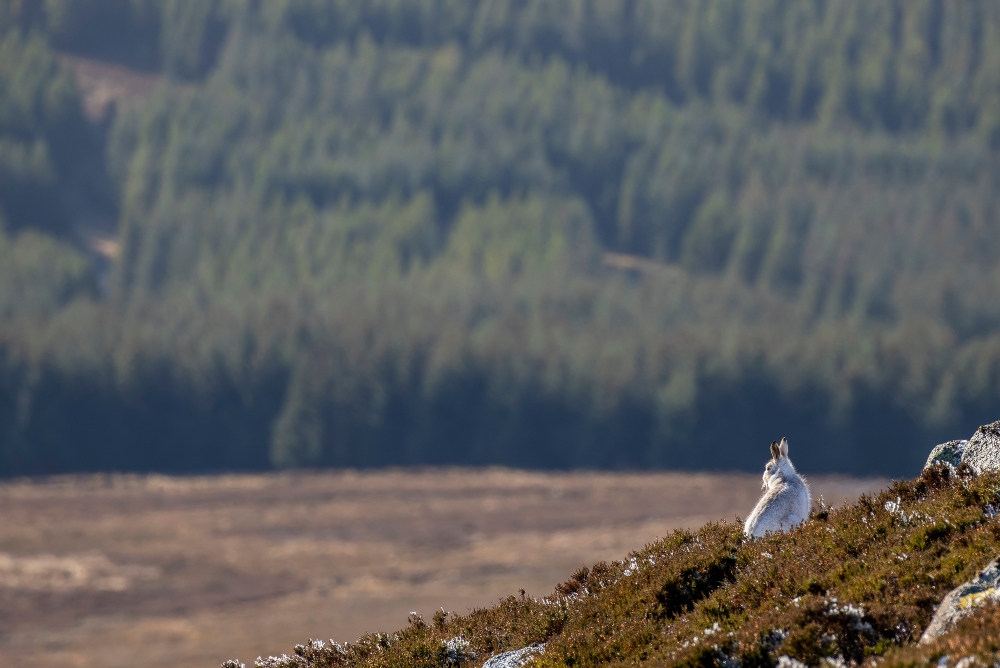
The mountain hare is a remarkable and fascinating creature that has evolved to thrive in the wild, untamed Scottish countryside. Its ability to change the colour of its coat is key to helping it avoid predators and find food.
If you want to know where to see these beautiful creatures when you stay at Eagle Brae, have a chat with us when you check-in. We’ll give you hints and tips on where and how to see them.
<









